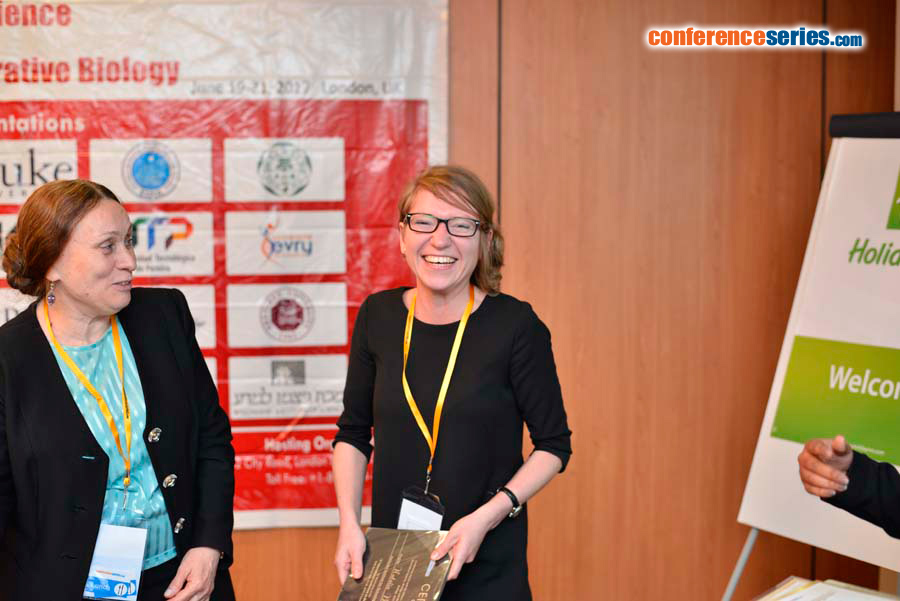
N A Bakhtina
Karlsruhe Institute for Technology, Germany
Title: Advanced two-photon photolithography and novel ionic liquid – polymer composite enhance fundamental studies in biology
Biography
Biography: N A Bakhtina
Abstract
The combination of light-sensitive non-conductive photoresist, as a host network, with an ionic liquid brings superior advantages in terms of material characteristics [1−4]. Compatibility with the advanced two-photon (2-PP) nanolithography yields the opportunity to produce high-resolution (down to 150 nm) conductive structures in a single-step process and opens up a variety of potential applications. For example, real-time monitoring the motility of small model organisms, such as Caenorhabditiselegans, remains a key challenge for in situ manipulation and stimulation. Tracking of this motile microorganisms provides an efficient method of investigating a variety of biological processes through the miniaturization and functional integration of bioanalytical devices. The approach to this challenge includes the integration of electrodes, fabricated by 2-PP nanolithography, into a microfluidic platform. Transparency and conductivity of the presented material in combination with highly standardized electrodes inside microfluidic channels provides a simple means of creating electrofluidic chips to flexibly control the movement of C. elegansin a sensitive and reproducible manner without blocking optical visibility. As a result, performance of numerous experiments, including electrochemical impedance spectroscopy and microscopy-based imaging, in parallel on the same chip with fewer reagents, improved sensitivity and increased resolution has become possible. This will most certainly bring about more precise quantitative and qualitative in vivo analyses for novel true 3D applications in the near future.
- Bakhtinaet al., patent DE 10 2014 016 802.6
- Bakhtinaet al., Proc. IEEE MEMS 2015, pp. 97 – 101
- Bakhtinaet al., Adv. Func. Mat. 2015, 25, 1683 – 1693
- Bakhtinaet al., Proc. SPIE Photonics West 2016, ID 9738-10, 1 – 10


